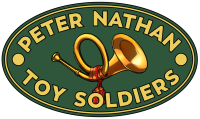25th Oct 2022
John Jenkins Designs Pre-order: Me 262
Contact us with your pre-order before November 5th!!! Estimated release: Feb 2023, price $875 ($790 for pre-orders, with a deposit of $200. Final price to be confirmed due to volatility of exchange rate and freight costs.)
Although chronologically speaking the Messerschmitt 262 was not the first jet powered aircraft in the history of flying, it was nonetheless the first jet plane to be mass produced and used intensively in operations and with undeniable success during the last year of the war.
It could have been even more successful if its strategic use hadn’t been at the beginning at least, subject to the illogical decisions of Hitler himself who saw the plane as a fast bomber rather instead of an air superiority fighter, a kind of fighter for which the allies did not yet have a counterpart.
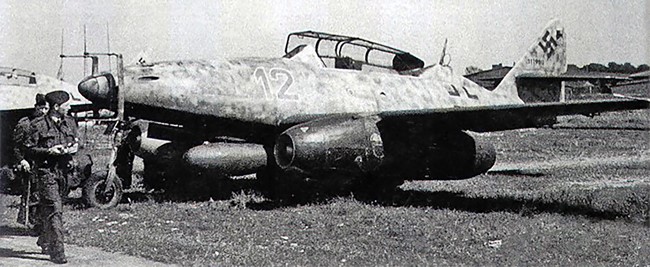
The Me-262 single-seater was such a handful for most pilots who were familiar with piston-powered aircraft to operate, that it was considered crucial to create a 2-seat conversion trainer so that pilots could get used to the slow throttle response of early jets with someone there to demonstrate in flight what they needed to do. Messerschmitt had suggested development of such a trainer as soon as the Me-262A-1a was approved for production.
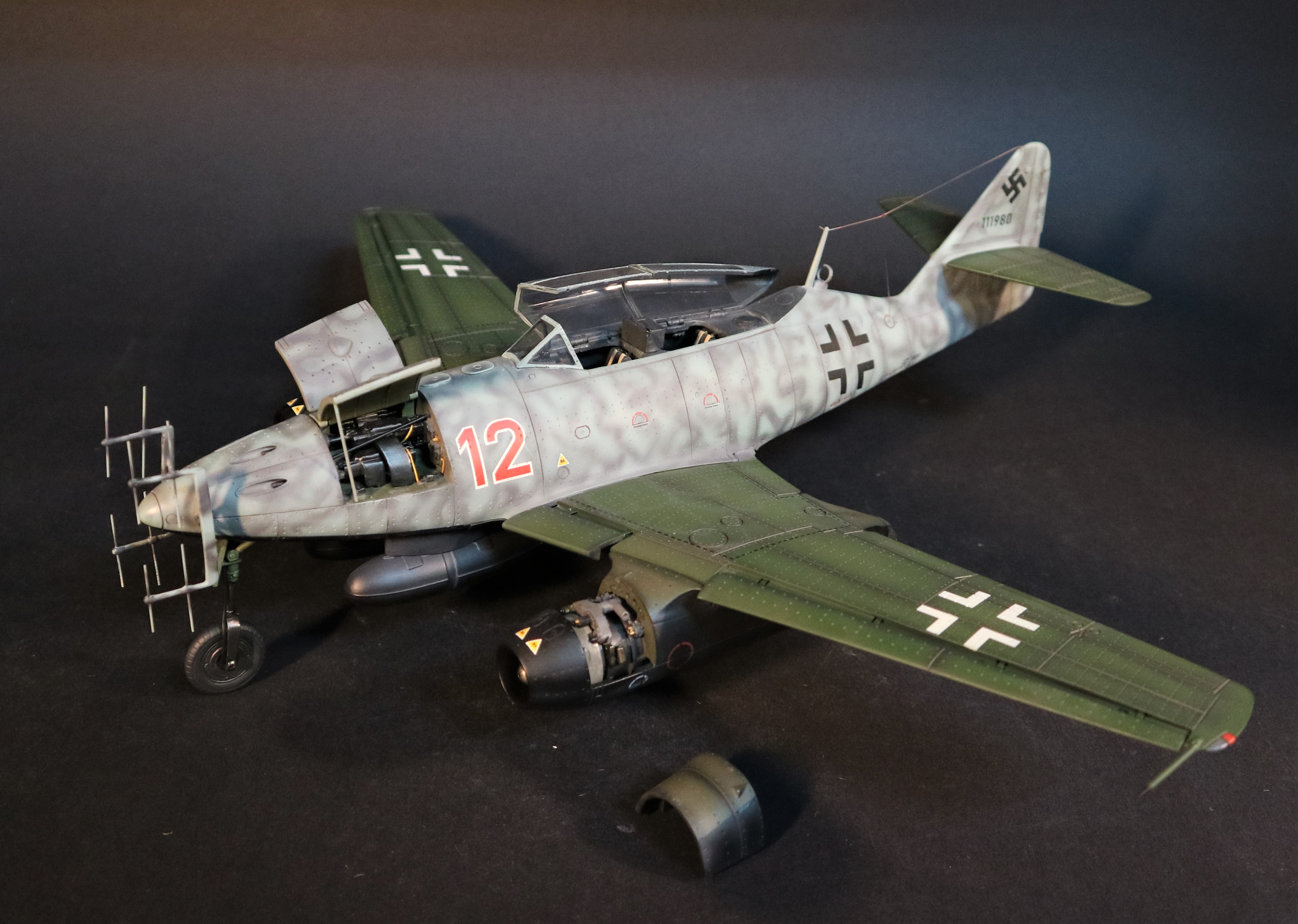
Although the Me 262 was not a problem for an experienced pilot to master, but like any other aircraft, it had its own characteristics, which caused difficulties in training beginners who had limited flight time even on piston aircraft. Pilots needed to get used to the slow throttle response of early jets with someone there to demonstrate in flight what they needed to do.
The 262nd test team in Lekfeld was just responsible for the development of new technology. However, it was obvious that the training would go easier when using a two-seat aircraft, and the Messerschmitt developed such a variant - the Me 262V-1a.
The Me 262 two seater was obtained by converting a single seater, (replacing one of the fuselage tanks with the second cockpit, and fitting a new canopy.)
Although 65 two seaters were planned, only 15 examples were produced.
The work to create a night fighter version of the Me 262 began as early as spring 1943. At that time the RAF De Havilland “Mosquito” ruled the skies and was practically beyond reach for the crews of Bf 110’s or JU 88’s. Even after single-seat types (Bf 109G and FW 190 A) were pressed into service with the Wilde Sau units the situation did not improve.
In September 1944 while waiting for the first real night fighter version to be produced, which would have been approximately five feet longer, it was decided to change a few two-seater trainers into night fighters.
The aircraft was to be based on the Me 262 B-1a airframe and designated Me 262 B-1a/U1 Behelfsnachtjager (provisional night bomber). It appears that only six examples of the Me 262 B-1a/U1 version were ever built.

The possibility of using the Me 262 as a night interceptor was demonstrated in a series of tests carried out at Rechlin in October 1944 by Colonel Hajo German and Lieutenant Behrens on a Me 262A-la (V056) with "deer antlers" antennas from the Liechtenstein locator "SN-2 (FuG 220).
After successful tests, it was decided to convert the Me 262B-la into a temporary night fighter, differing only in the installation of the FuG 218 Neptune locator and the FuG 350 ZC Naxos direction finder.
Even before the appearance of the Me 262B-la / Ul, an experimental unit of night fighters was formed on the basis of the Me 262 under the command of Major Gerhard Stamp. This unit used "Wild Boar" tactics, using conventional Me 262A-la. It was originally known as "Team Stamp". All the pilots of the "team" were experienced night fighters, and one of them, Lieutenant Kurt Welter, who had a large number of victories, later became its commander, and was renamed the "Welter team".
During February-March 1945, the "team" received the first two double Me 262 B-1a / U1, which were used to cover Berlin.
In April, the unit was redesignated 10./NJG 11. It remained the only night fighter unit armed with the Me 262.
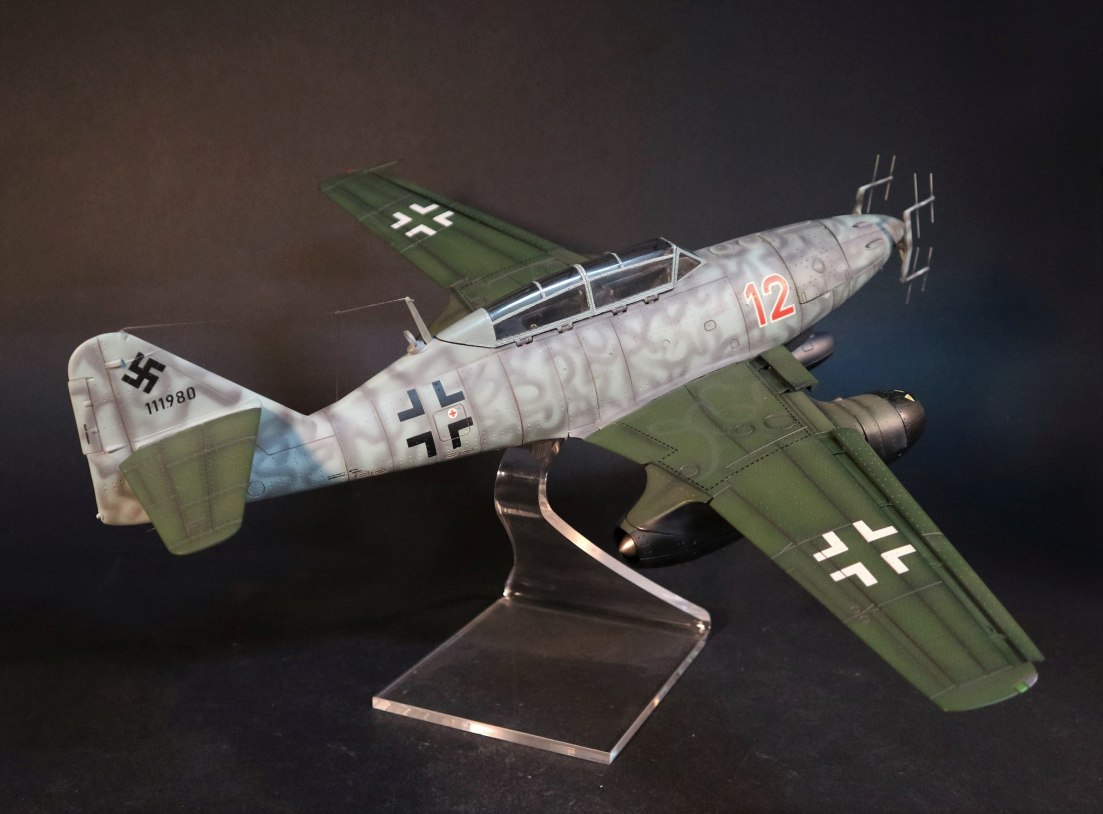
A lot has been written about the Me 262B1a/U1 and it shooting down RAF Mosquitos over Berlin in the closing weeks of the war. The following is taken from an article by Tom Cleaver.
“According to my friend Jorg Czypionka, the last surviving pilot of Kommando Welter - the night-fighting unit that did use Me-262s - four of the two-seaters did show up in early April, two of which were equipped with radar. However, since they were a dedicated Wilde Sau unit, there were no radar operators or technicians to service the equipment, and there certainly was not enough time to train a crew. One or two of the Me-262Bs were used in the role for which they had been originally created - pilot conversion - but the war was coming to a close so fast in April that the airplanes were little used. The two airplanes are “Red 12" and “White 306"/”Red 8.”
In fact, the only reason these airplanes are known at all is due to the fact that the unit commander, Oberleutnant Kurt Welter, saw the writing on the wall and was determined to use his possession of as many Me-262s as he could lay hands on to assure his men preferential treatment by the victorious Allies when the war came to an end. The airplanes were flown with the rest of the unit up to the Luftwaffe base at Leck in Schleswig-Holstein on the Danish border, where Welter then contacted the British and surrendered his unit and their airplanes intact, the only jet-equipped Luftwaffe unit to do so. Over the course of the summer of 1945, the Luftwaffe veterans trained Allied pilots to fly the Me-262 and helped prepare the aircraft for transfer to their new owners. While engaged in this, Welter made a deal with the commander of a local POW camp for groups of his men to check in for 72 hours and then receive their discharge papers. When the work at Leck came to an end in September and the British apologetically told Welter that he and his men would now have to report to prison camp, the Germans presented their paperwork and were allowed to leave by their chagrined British “captors.””
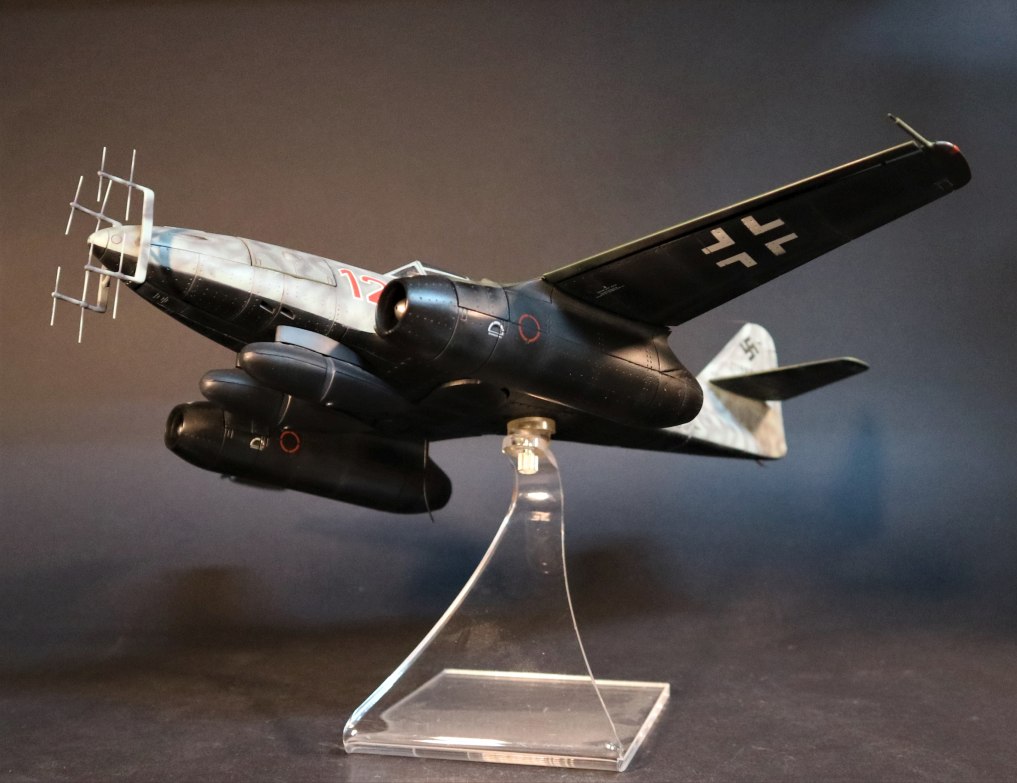
Leutenant Herbert Altner surrendered this two seater to the allies on 6th May 1945. The plane was recovered by the British and put on static display in several exhibitions before it was destroyed in a storm.
